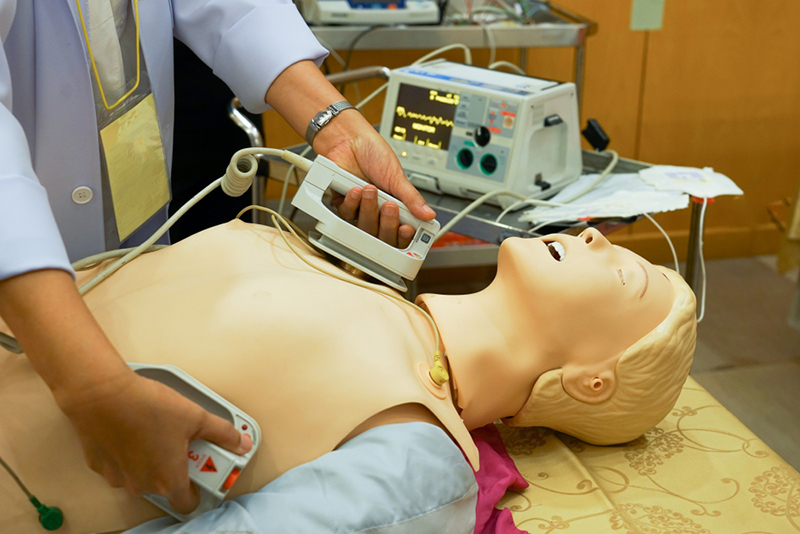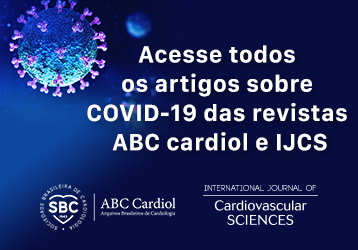Volume 32, Nº 3, Maio e Junho 2019
DOI: http://www.dx.doi.org/10.5935/2359-4802.20180098
ARTIGO ORIGINAL
Implementation of an Acute Coronary Syndrome Simulation Training Strategy for Emergency Healthcare Professionals
Maíra Viana Rego Souza-Silva
Priscilla Fortes de Oliveira Passos
Thais Ribeiro Lemos
Bárbara Campos Abreu Marino
Thatiane Dantas Dias
Geisiane Sousa Braga Machado
Edson Alexandre Silva Carvalho
Gabriel Almeida Silqueira Rocha
Antonio Luiz Ribeiro
Milena Soriano Marcolino

Abstract
Background: The knowledge on the management of patients with acute coronary syndrome (ACS) is essential to reduce the gap between evidence and practice.
Objective: To describe a simulation training strategy for emergency healthcare professionals and provide preliminary data on knowledge acquisition, learners’ confidence and prescription of medications after training.
Methods: The training was part of the implementation of two myocardial infarction systems of care. It comprehended lectures and simulation-based learning using high and low-fidelity mannequins and actors. It was tested in two phases: the first one in Belo Horizonte and the second one in Montes Claros, both in the state of Minas Gerais. A test was applied before and after training to assess knowledge acquisition. Confidence to perform thrombolysis in STelevation myocardial infarction (STEMI) patients was assessed using a questionnaire, and the impact on medication prescription analyzed STEMI patients admitted to hospitals in Montes Claros.
Results: In the first phase, 156 professionals answered both tests: 70% of them improved their results and the median number of right answers increased (6, interquartile range [IQR] 5-7; vs 7 ([IQR] 6-9; p < 0.05). In the second phase, 242 professionals answered both tests: 58% of the physicians and 83% of the nurses obtained better test scores. Participants referred a positive impact on their clinical practice, 95% reported feeling very secure when perform fibrinolysis after the training, and there was also an impact on medication prescription.
Conclusions: There was an impact on the learners’ knowledge acquisition and confidence using our two-phase training model, with evidence of impact on performance. (Int J Cardiovasc Sci. 2019;32(3)227-237)
Keywords: Acute Coronary Syndrome; Myocardial Infarction; Myocardial Reperfusion; Emergency Service Hospital; Quality Indicators, Health Care.











